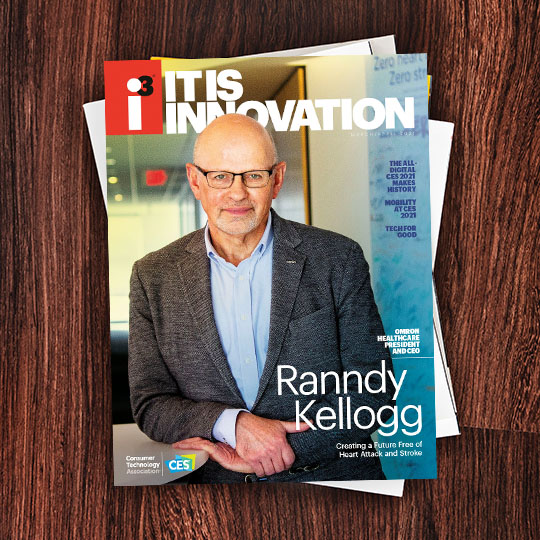
It’s crucial to think about the idea of friction in terms of your solutions’ overall usability, and the ease with which someone can interact with your products, services and company. The more that you can provide a frictionless experience for clients — in the form of a simpler product interface or simpler process for engaging with your organization — the more successful you will be. A few common sources of friction:
Many companies live or die on their ability to overcome friction, such as app developers, whose success ultimately comes down to whether they can convince others to install their software. Noting this, applying design thinking (human-centered design) cannot be underscored enough. Lower the amount of friction with your products, services, and solutions, and you:
Redesigning your solutions to minimize friction and maximize their commercial performance doesn’t have to be difficult. Asking a few simple questions as you craft any given solution can quickly help you get ahead, such as:
Doing so can be as easy as reducing required action steps or repackaging solutions to be more engaging. And from redesigning interfaces to put one-touch commands at users’ fingertips to reworking marketing campaigns to emphasize just a few unique sales points, reducing friction can help your company at every turn.
Put simply: By being clearer in your instructions, removing unnecessary challenges from interactions, and more clearly communicating your company’s upsides, you can greatly improve customer uptake and conversion. The more that you reduce friction, the more you’ll improve user interactions and your company will benefit as a result.

I3, the flagship magazine from the Consumer Technology Association (CTA)®, focuses on innovation in technology, policy and business as well as the entrepreneurs, industry leaders and startups that grow the consumer technology industry. Subscriptions to i3 are available free to qualified participants in the consumer electronics industry.